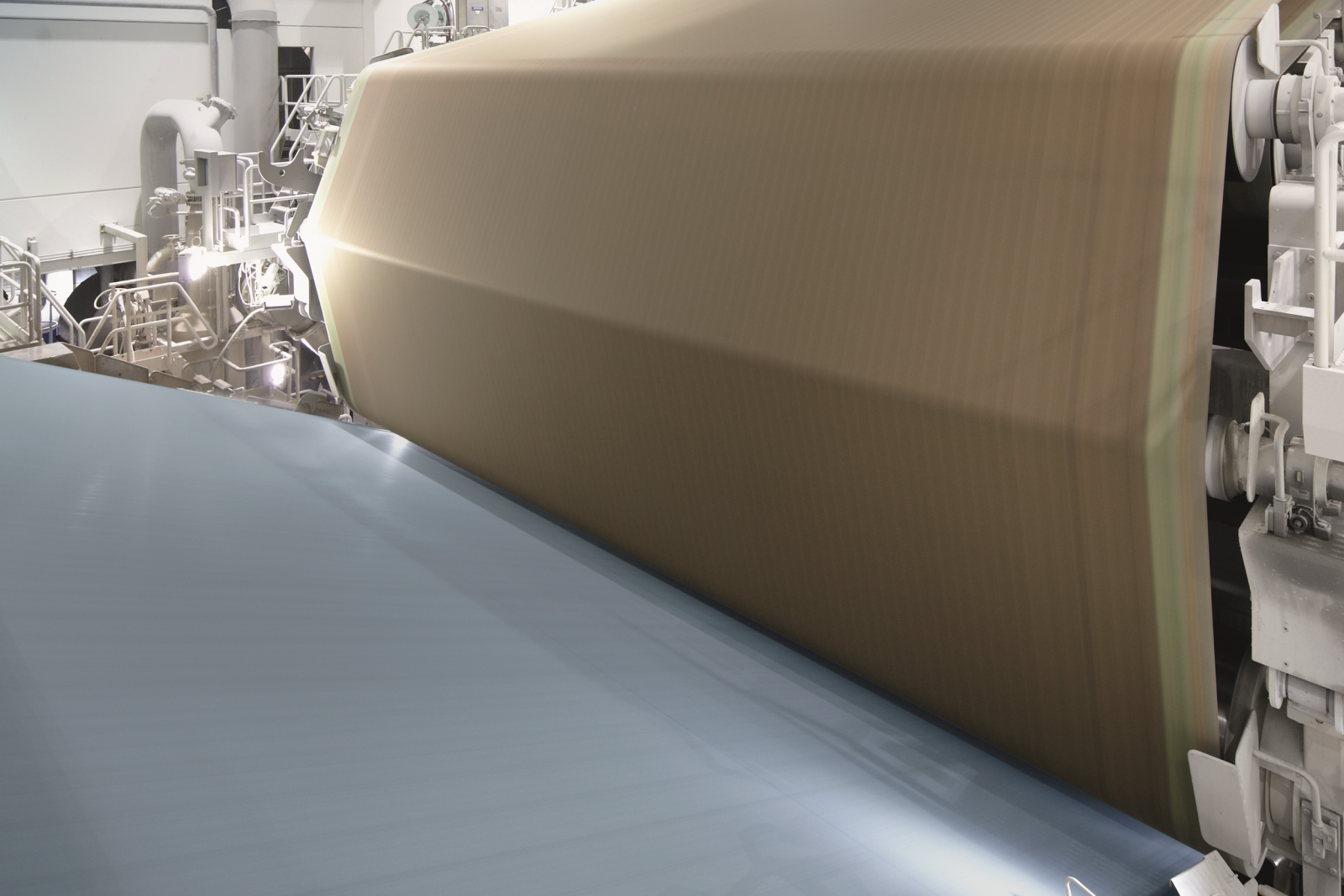How to prevent breaks in the press section of your paper machine?

Pick-up troubleshooting tips for the press section
Besides removing the most water of all press felts, the pick-up felt has another important task: it has to pick up the delicate sheet from the forming fabric and guide it into the press section. Problems in the pick-up area, often leading to breaks in the press section, are certainly not uncommon.
Five easy solutions that each papermaker can try immediately to optimize the press section:
Increase the water content of the felt before the pick-up point
The water will smoothen the felt’s paper side, improving the stickiness of the felt. The additional water increases the hydraulic pressure in the first nip. This can give better dewatering, but taken to the extreme it may also cause crushing – on which I will write another time.Check tensions of the forming fabric and the pick-up felt
First of all the tension of both fabrics must be equal over the width of the machine. So take the Feltest TensioMaster and measure tension on both the tender side and the drive side. Make sure the guiding lines are running as straight as possible.
Next, if possible increase the forming fabric tension a little. After that, you can also play a little with pick-up felt tension. A little slacker or a little tighter, it might both work.Push the pick-up roll a little deeper into the forming fabric
This increases the load on the still vulnerable sheet, so use this option with care. Take a look at the pick-up point from the back (machine) side of the fabric with a powerful lamp or PocketStrobe to see if the pick-up roll is evenly pushed into the fabric over the full width of the machine. If not, you might have some alignment work ahead of you.Check for unexpected speed differences
Some mills run the press felt a little faster, others have the same speed setting for both fabrics. The fact of the matter is that speed differences are very delicate in the pick-up zone. Common causes for speed differences are slip (a fabric runs slower than the Drive Control System expects) or incorrect roll diameter settings (resulting in differences between the actual and the calculated DCS speed). The actual speeds of drive rolls, forming fabrics and pick-up felt can easily be measured and compared with the Feltest Truespeed Sensor.Reduce the initial dewatering in the forming section
When there is hard initial dewatering at the forming table of the machine, fibers are dragged into the dewatering holes of the forming fabric. The fabric slowly loses drainage capacity and sometimes this is compensated by increased vacuum in the forming section. All this leads to fibers being vertically stuck into the forming fabric, resulting in a more difficult release at the pick-up point.
Moving the touchpoint of the jet further onto the forming table, reducing the angle of the first dewatering foils, and eventually reduce the vacuum on the first vacufoil boxes will improve the release of the sheet at the pick-up.

“33% break reduction after re-adjusting the speed difference to practically zero”
These above troubleshooting tips are only 5 of many more machine-related solutions for pick up problems. Also, the felt design must be right for your machine and circumstances, contact your suppliers to learn what a modified felt design can do.
Troubleshooting usually means identifying the differences between the current situation and when the machine was running well. Only when you know that you can start working on the solution. Therefore I am a big fan of collecting Paper machine Clothing data when the machine is running well, as it will give you this important baseline for troubleshooting.
So remember DDPP - Daily Data Powers Production.
Toward better Paper Machine Clothing,
Marcel
